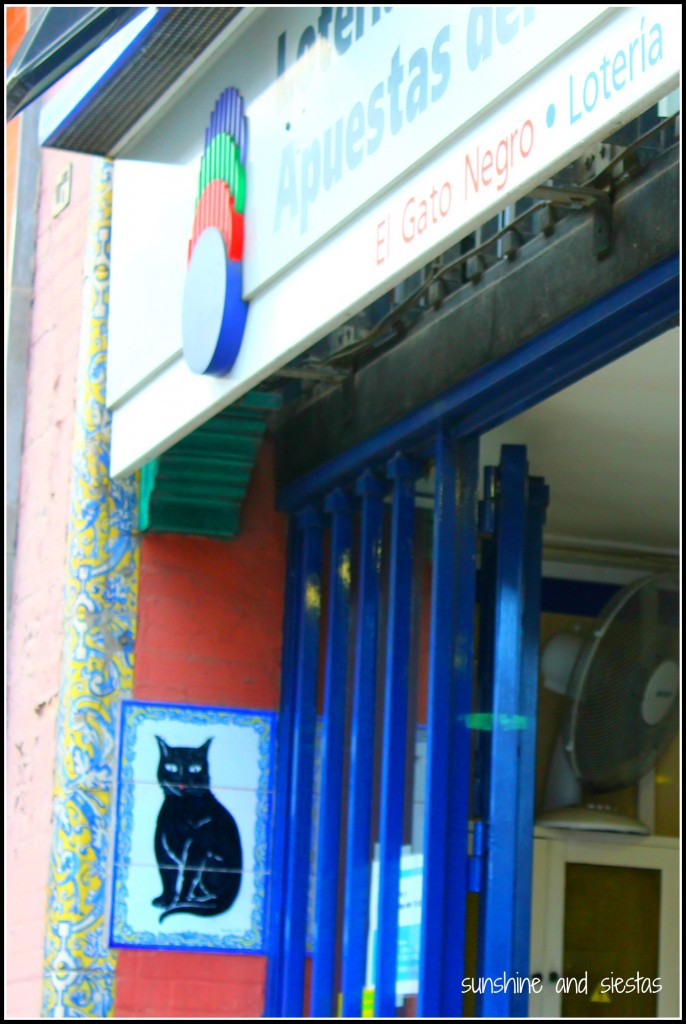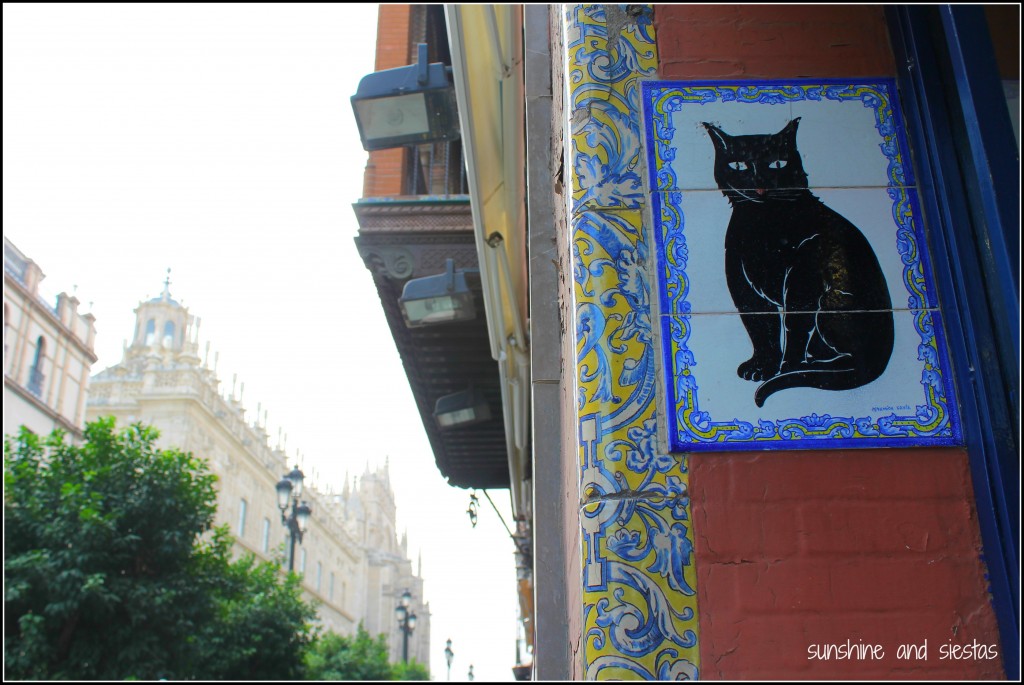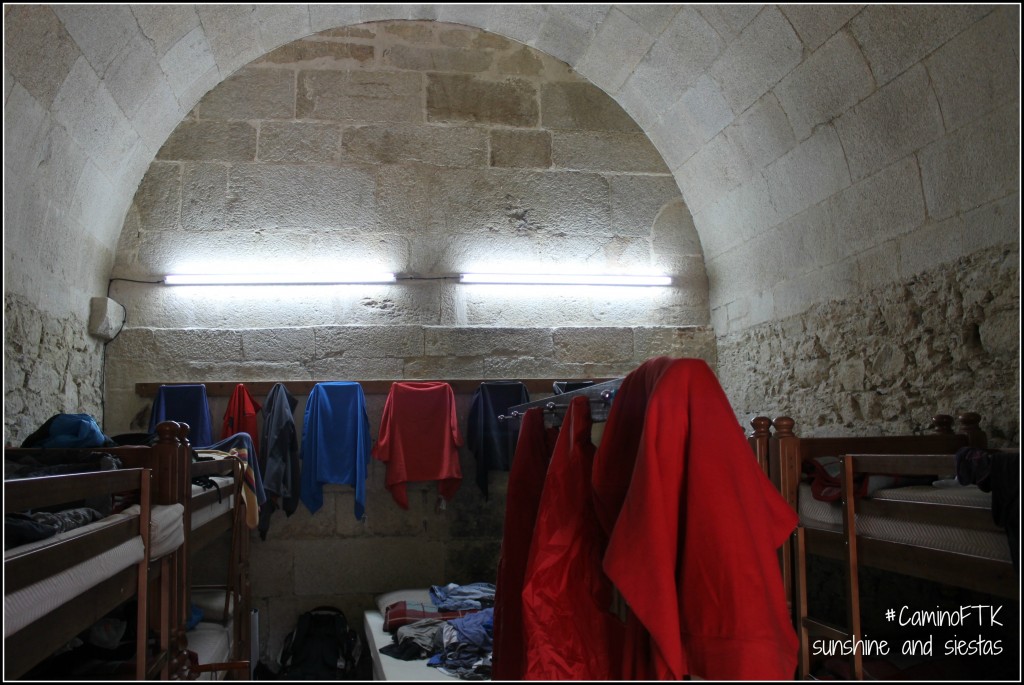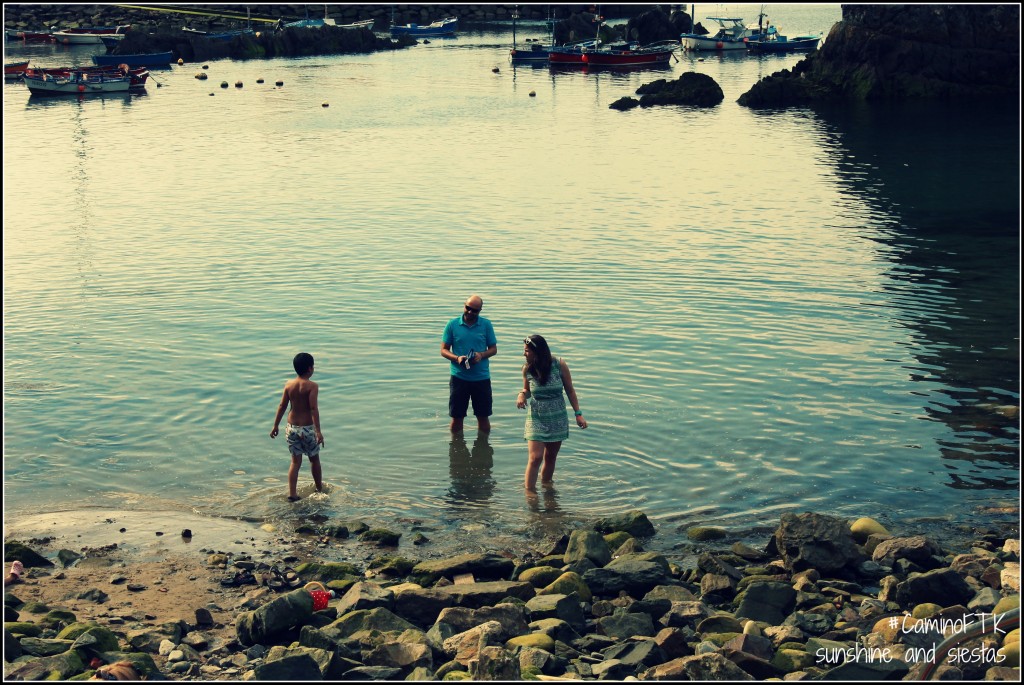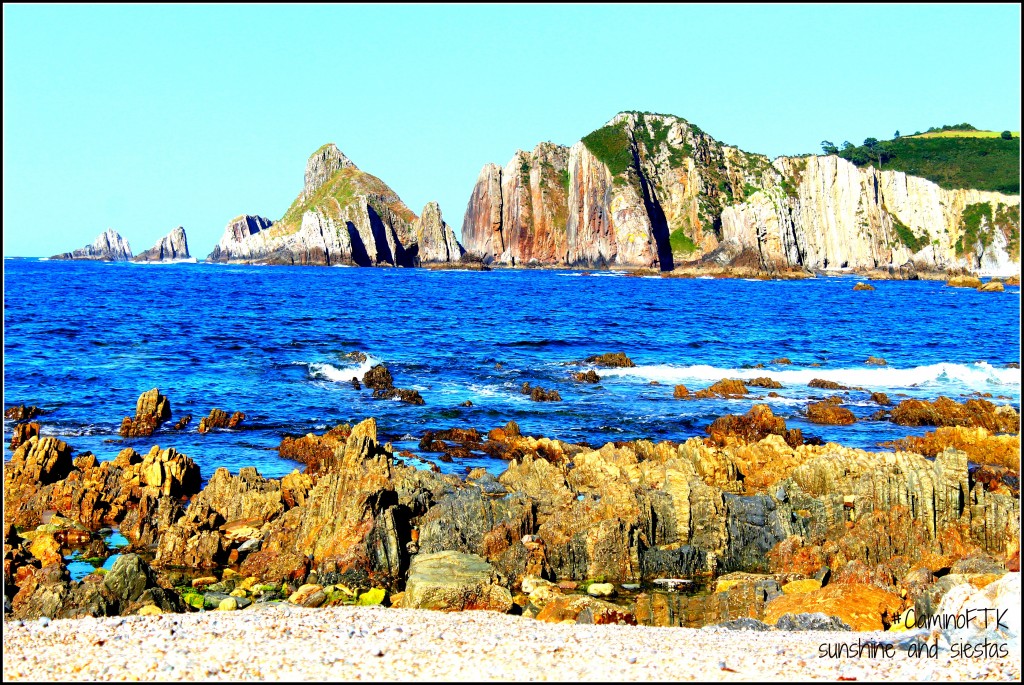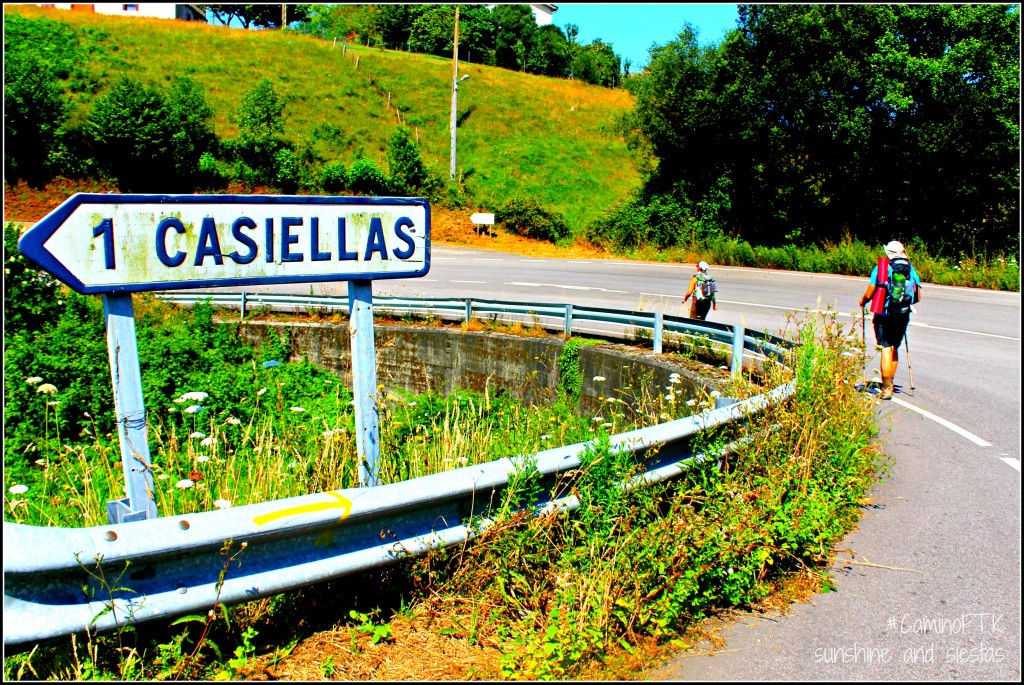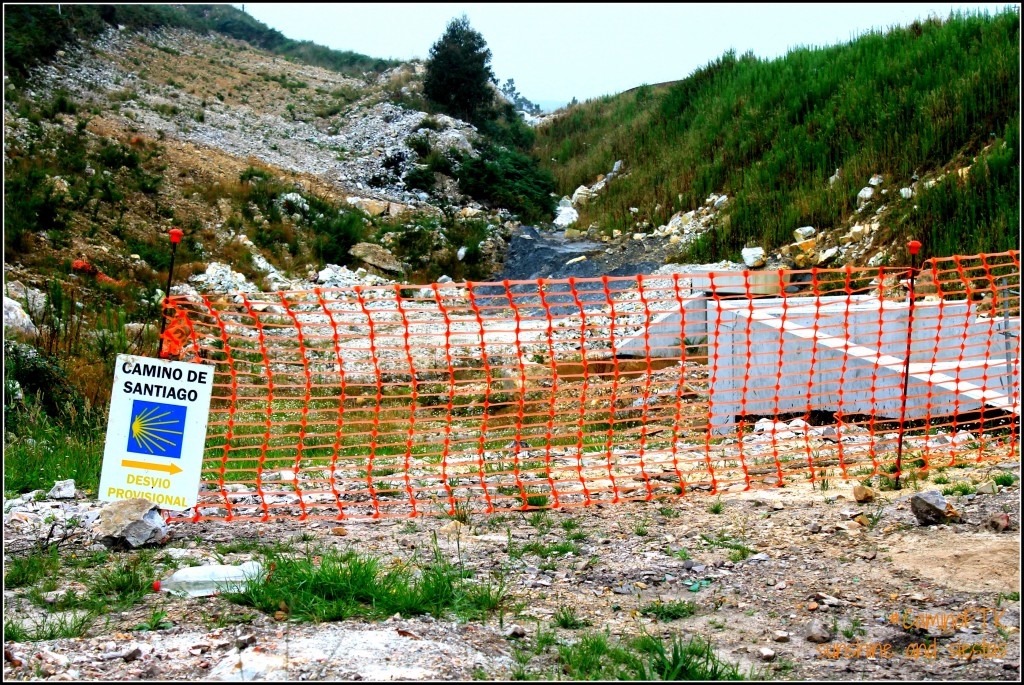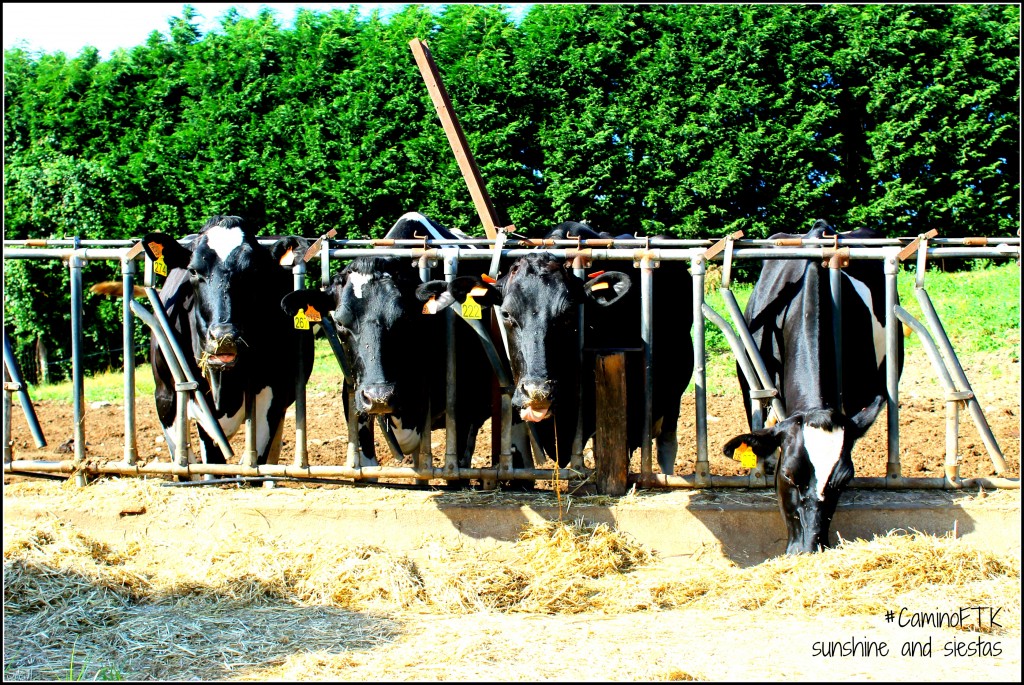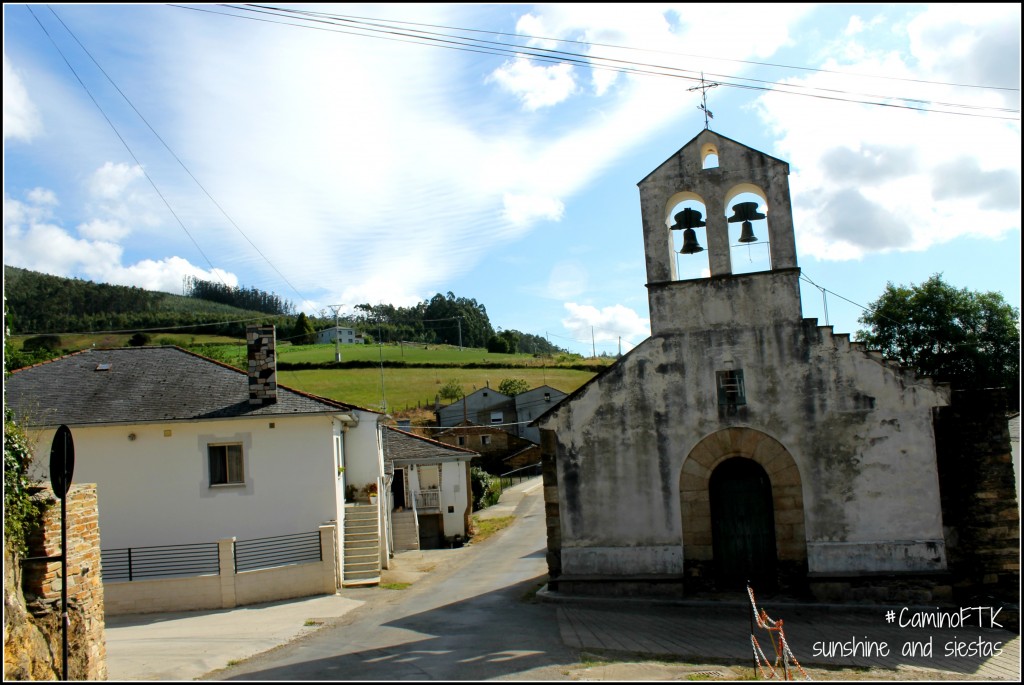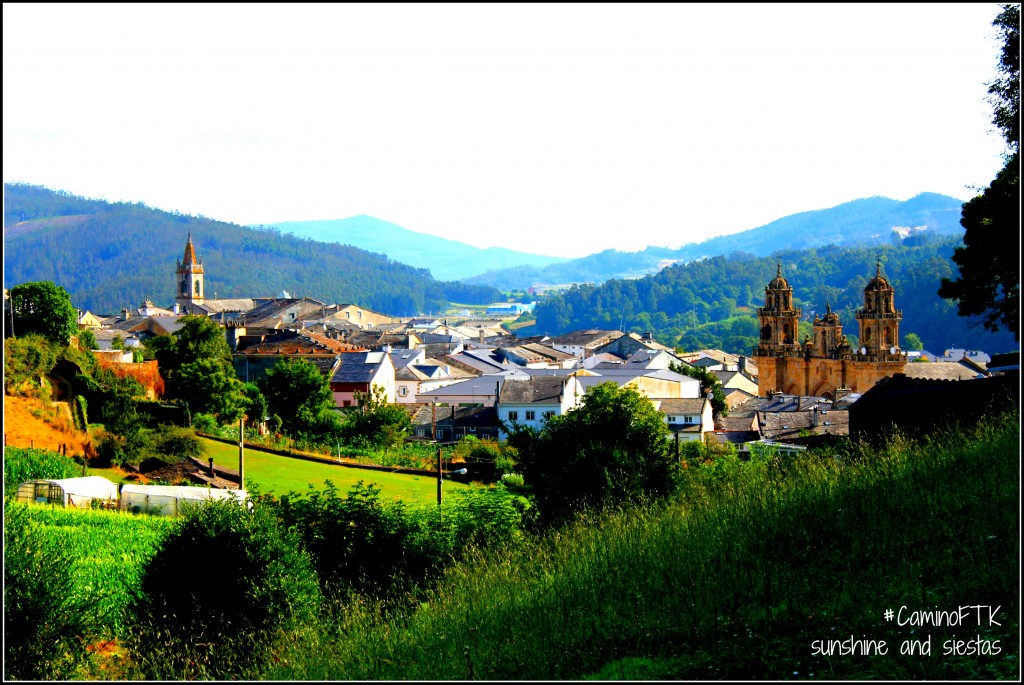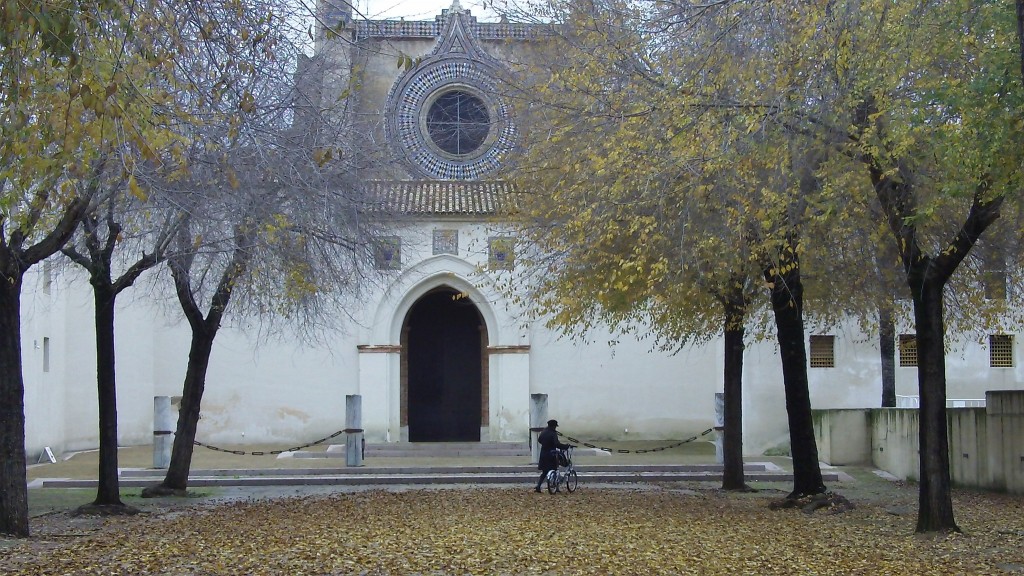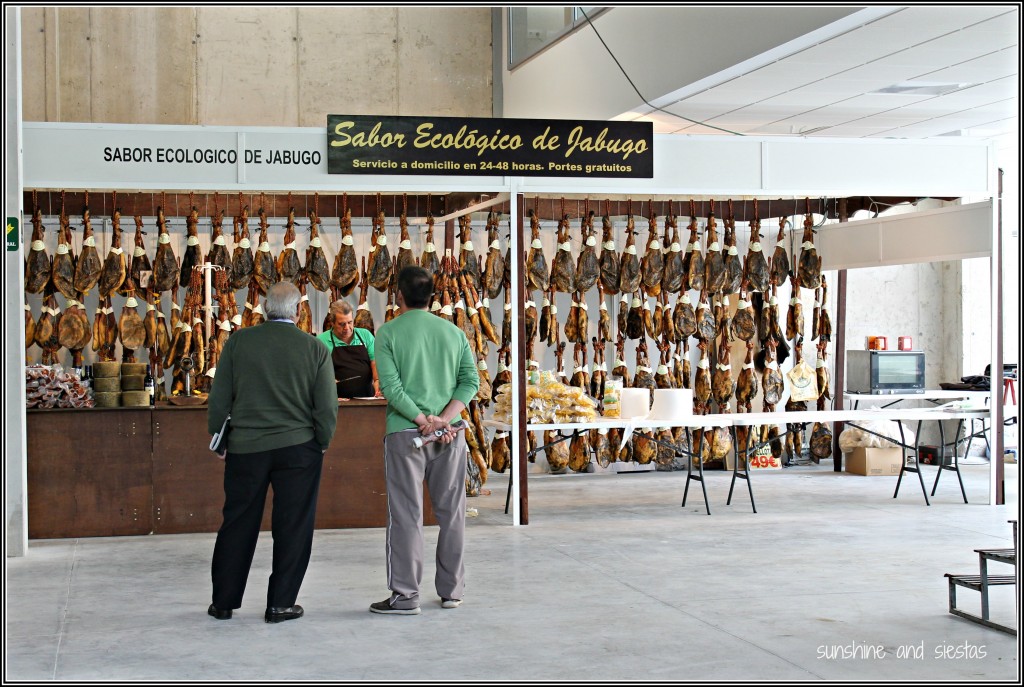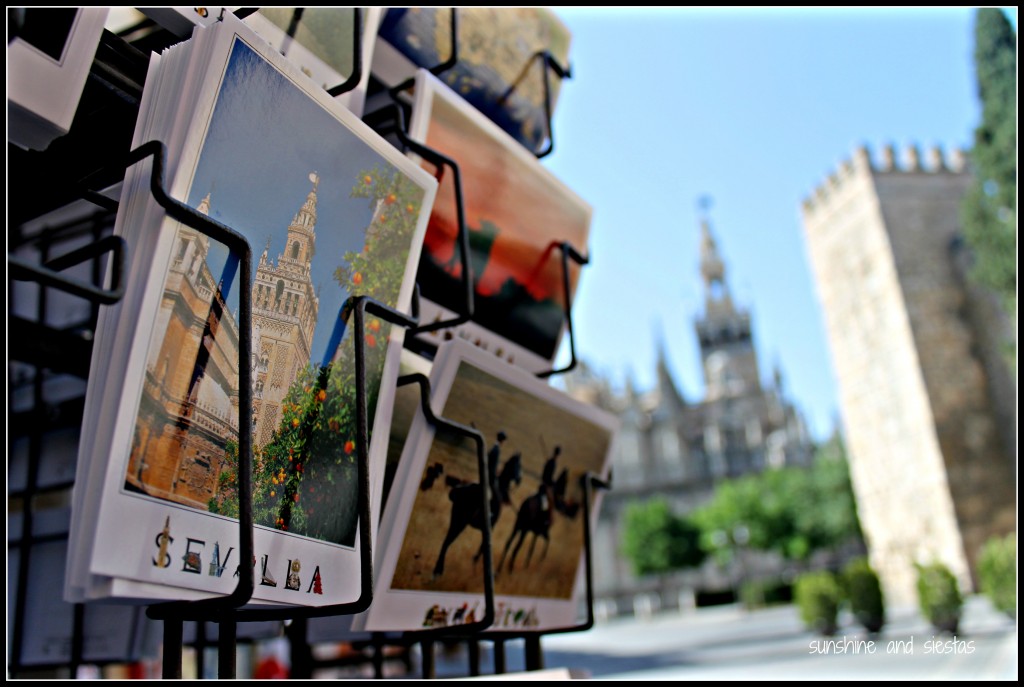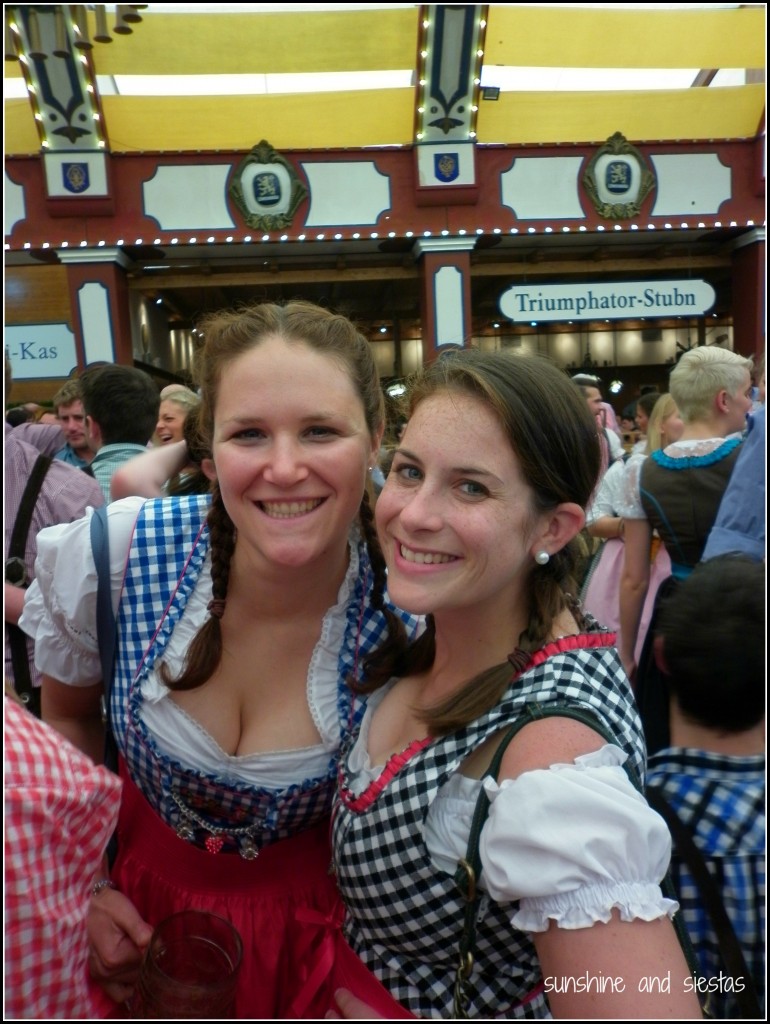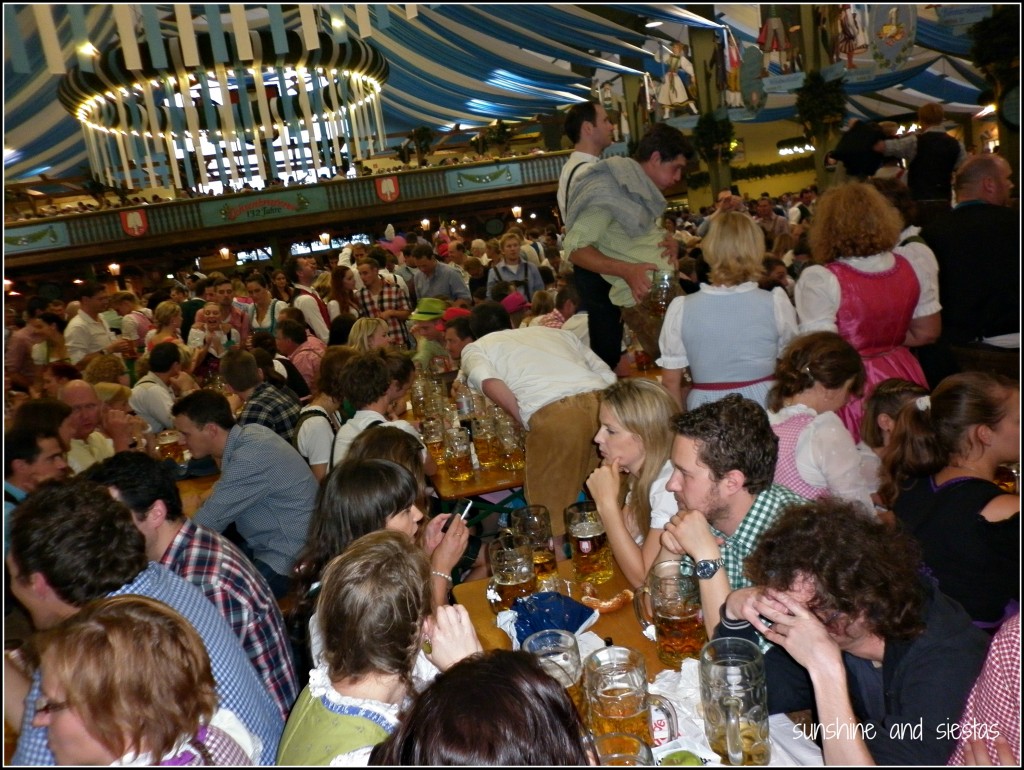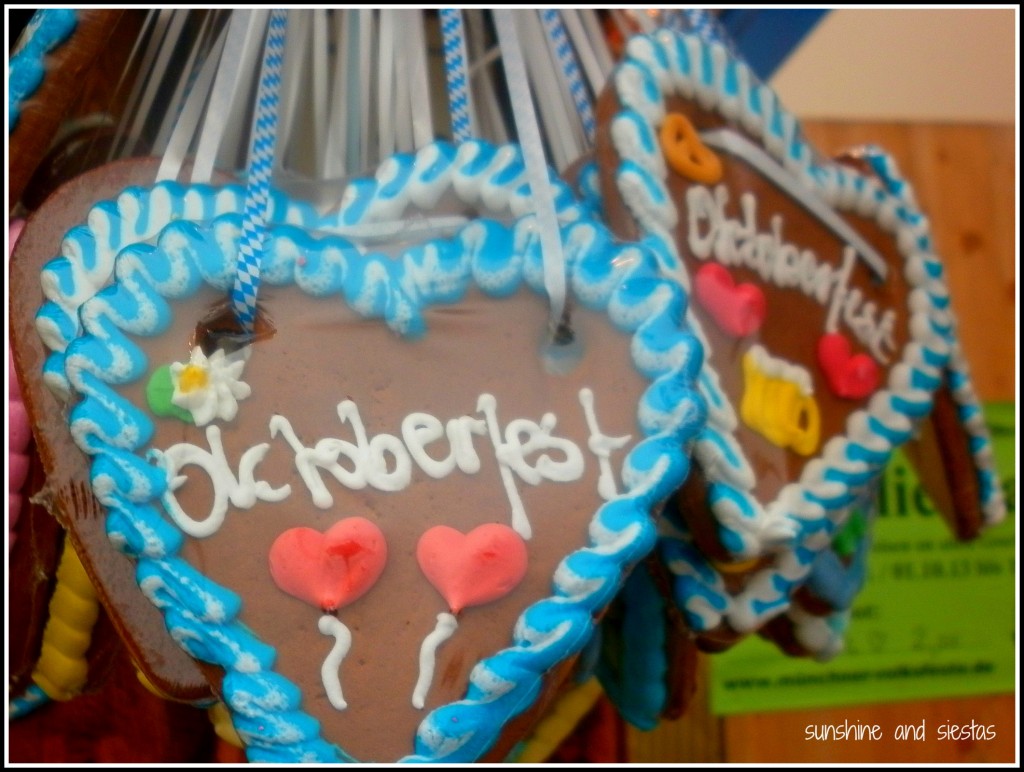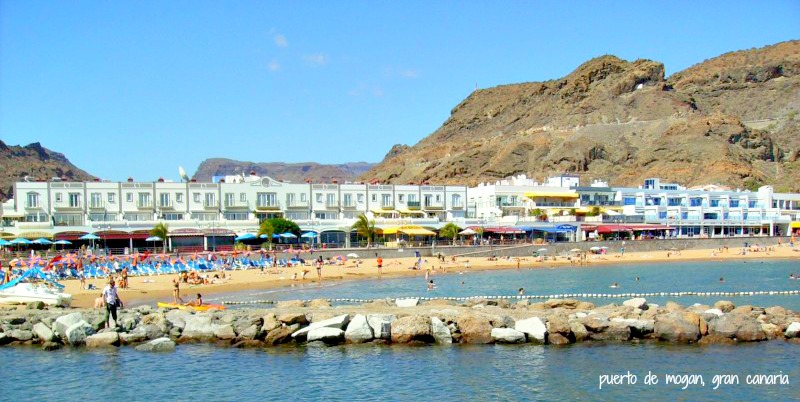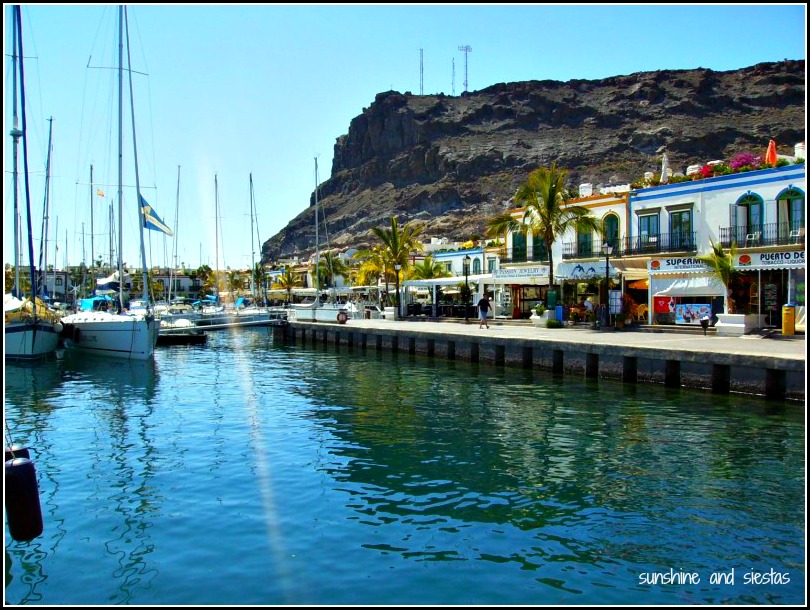When I first came to Spain, I loved how the tiled-lined abuelo bars would be full of octogenarians who would spend their pension’s pennies on the loud and brightly-lit slot machines in the bar while they sipped their morning cortados. The gambling and betting has been a part of Spanish culture since the mid-18th Century when the Lotería Nacional was formed, though its modern form didn’t roll around until the early 1800’s.
It’s common to see people lined up during big weekly draws, but especially when the Primitiva hits in September, and for El Gordo, the annual Christmas drawing that is one of the largest prizes in Spain. Even watching the children of Colegio San Ildefonso in Madrid sing out the numbers is like a national holidays. I was once on a train to Madrid during the drawing and the event was broadcast over the loudspeakers, and last year watched it in a bar near Plaza Santa Ana as the other patrons clutched their tickets, hoping for a win.
Colleagues and families often buy large blocks of tickets to have better odds, agreeing to split the money por si toca (if it happens). I’m not a big player, but I have to smile when I see the old men pulling coins out of their pockets to take their chances on a few numbers.
Just adjacent to the opposing cathedral is El Gato Negro, a small storefront where people queue up to buy lottery tickets and likely Seville’s most famous quiosco. There’s an A-4 sized tile of a black cat, the universal symbol of bad luck, that patrons reach up and pet when they’ve bought themselves a ticket for good luck. You can see where the tile has been worn during years of serving the public trying to strike it rich.
I didn’t get a shot of anyone petting the kitty, but in the three minutes I creeped around, nearly a dozen people walked in and out, trying their luck.

